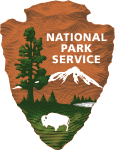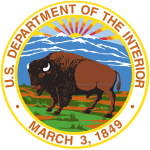The Octagon House, also known as the Colonel John Tayloe III House, is located at 1799 New York Avenue, Northwest in the Foggy Bottom neighborhood of Washington, D.C. After the British destroyed the White House during the War of 1812, the house served as the temporary residence of James Madison, President of the United States, for a period of six months. It is one of only four houses to serve as the Presidential residence in the history of the United States of America and one of only two (along with the White House) that still stand today.
Colonel John Tayloe III, for whom the house was built, was born at Mount Airy – which he later inherited – the colonial estate built by his father, John Tayloe II on the north bank of the Rappahannock River across from Tappahannock, Virginia. By this time it was the centerpiece of a roughly 60,000 acre department of interdependent plantation farms-known as the Mount Airy department, located approximately one hundred miles south of Washington, D.C., in Richmond County, Virginia. He was educated at Eton College and Cambridge University in England, served in the Virginia state legislature, and ran unsuccessfully for Congress in 1800.
John Tayloe III married Ann Ogle, daughter of Benjamin Ogle and granddaughter to Samuel Ogle of Ogle Hall Annapolis, Maryland, in 1792 at her family's country home Belair Mansion. Ann was only a year younger than her husband. Tayloe was reputed to be the richest Virginian planter of his time, and built the house in Washington at the suggestion of George Washington on land purchased from Gustavus W. Scott or Benjamin Stoddert, first Secretary of the Navy. The Octagon was originally constructed to be a winter residence for the Tayloe family, but they lived in the house year-round from 1818 to 1855. The Octagon property originally included a number of outbuildings, including a smokehouse, laundry, stables, carriage house, slave quarters, and an ice house (the only surviving outbuilding). The Tayloes were involved in shipbuilding, horse breeding and racing, and owned several iron foundries—they were fairly diversified for a plantation family. The Tayloes owned hundreds of slaves, and had between 12 and 18 who worked at the Octagon.









